Home>Furniture & Design>Interior Design Trends>What Is Roman Glass
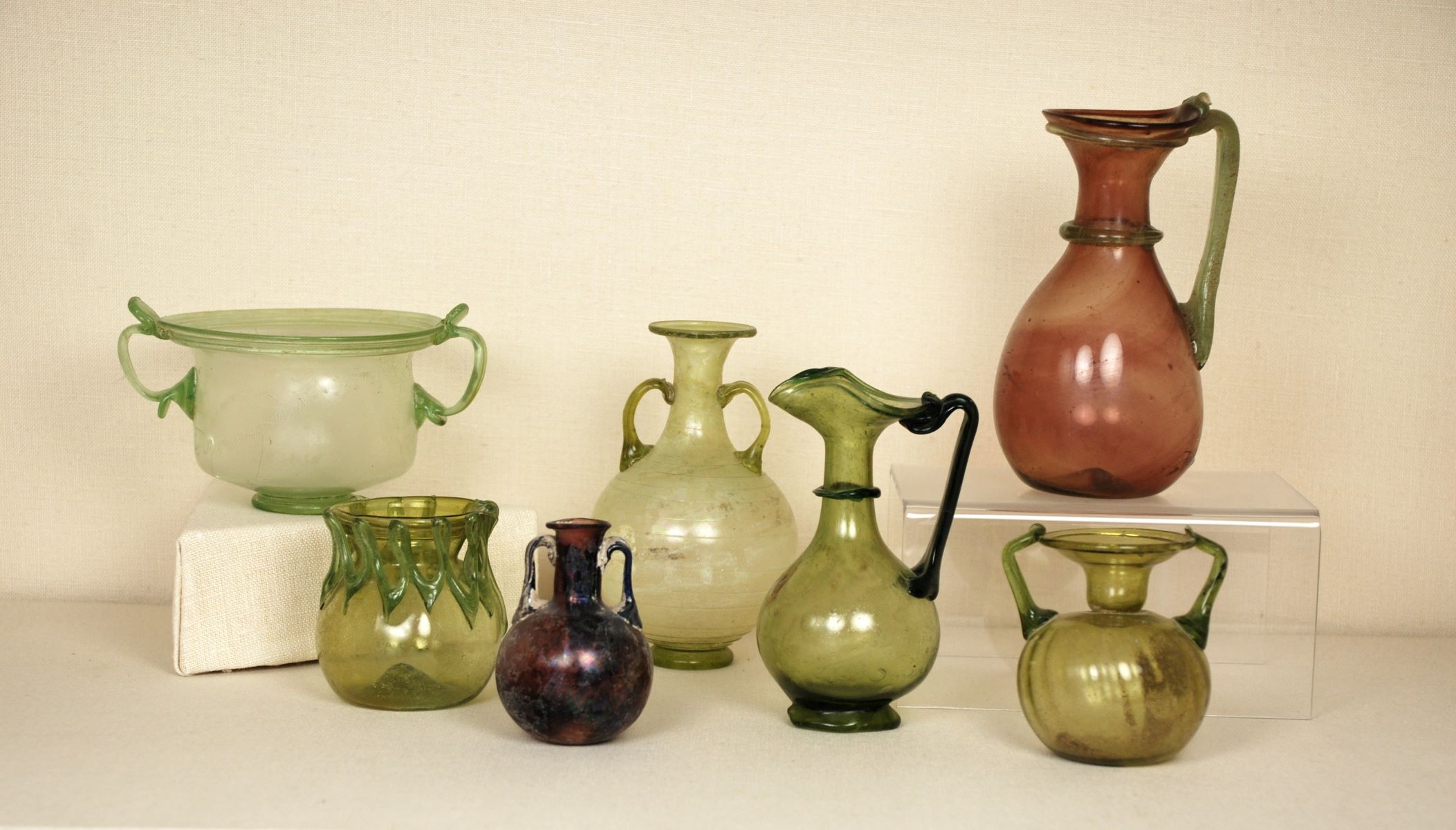

Interior Design Trends
What Is Roman Glass
Published: February 4, 2024
Discover the allure of Roman glass and its influence on interior design trends. Uncover the timeless beauty and historical significance of this ancient material.
(Many of the links in this article redirect to a specific reviewed product. Your purchase of these products through affiliate links helps to generate commission for Storables.com, at no extra cost. Learn more)
Introduction
Roman glass holds a captivating allure, steeped in history and craftsmanship that transcends time. This ancient glass, dating back to the Roman Empire, exudes a timeless elegance and a rich cultural significance. Its delicate beauty and enduring legacy have made it a sought-after treasure for collectors and enthusiasts alike.
The allure of Roman glass lies in its remarkable journey through the annals of history, bearing witness to the ingenuity and artistry of ancient civilizations. From its humble origins to its transformation into exquisite artifacts, Roman glass embodies the art of preservation and the passage of time.
As we delve into the world of Roman glass, we embark on a journey that unveils the secrets of its creation, the stories it encapsulates, and the enduring legacy it has left behind. This journey will illuminate the historical significance of Roman glass, the intricate production techniques that defined its craftsmanship, and the diverse array of uses that have cemented its place in the annals of art and culture.
Join us as we unravel the enigmatic allure of Roman glass, delving into its history, production techniques, uses, and the art of preserving and collecting these timeless treasures. Through this exploration, we will gain a deeper appreciation for the artistry and cultural resonance embodied by Roman glass, transcending the boundaries of time and captivating the imagination of all who behold its exquisite beauty.
Key Takeaways:
- Roman glass, dating back to the Roman Empire, embodies timeless elegance and cultural significance. Its production techniques and diverse uses reflect the artistry and historical resonance of ancient civilizations.
- The allure of Roman glass lies in its captivating history, intricate production techniques, and diverse uses, transcending time to captivate the imagination and inspire a deeper appreciation for its timeless beauty.
Read more: What Are Roman Blinds
History of Roman Glass
The history of Roman glass is a captivating narrative that unfolds against the backdrop of ancient civilizations, revealing the evolution of glassmaking and its profound impact on art, trade, and culture. The origins of Roman glass can be traced back to the 1st century BCE when the Roman Empire emerged as a dominant force in the Mediterranean region. The art of glassmaking, inherited from the Egyptians and Phoenicians, underwent a remarkable transformation under Roman patronage, leading to the proliferation of exquisite glass artifacts that continue to mesmerize enthusiasts to this day.
During the early stages of Roman glass production, techniques such as core forming and slumping were employed to create a diverse range of vessels, including cups, bowls, and decorative objects. The translucent beauty of Roman glass, often adorned with intricate patterns and vibrant hues, reflected the artistic prowess of ancient craftsmen and the growing demand for luxurious glassware among the elite.
The first century CE marked a pivotal period in the history of Roman glass, characterized by the invention of glassblowing, a revolutionary technique that revolutionized the industry and expanded the repertoire of glass designs. This innovation led to the mass production of glass vessels, making them more accessible to a wider demographic and fueling the proliferation of glassware across the Roman Empire.
The Roman penchant for opulence and refinement spurred the creation of elaborate glass pieces, including mosaic glass and cameo glass, which showcased the mastery of glassmakers in manipulating colors and forms to achieve stunning visual effects. These exquisite artifacts adorned the homes of the affluent and adorned the tables of the aristocracy, serving as symbols of wealth, sophistication, and artistic discernment.
The decline of the Roman Empire in the 5th century CE marked a turning point in the history of Roman glass, as the once-thriving glass industry faced challenges amidst political upheaval and economic instability. However, the legacy of Roman glass endured through the ages, leaving an indelible imprint on the art of glassmaking and inspiring subsequent generations of artisans and collectors.
Today, the remnants of Roman glass serve as tangible links to the past, offering invaluable insights into the technological advancements, artistic achievements, and cultural exchanges that defined the ancient world. The history of Roman glass stands as a testament to the enduring allure of this exquisite art form, transcending time and captivating the imagination with its timeless beauty and historical significance.
Production Techniques
The production of Roman glass encompassed a diverse array of techniques that underscored the ingenuity and artistry of ancient glassmakers. These techniques, refined over centuries, yielded a stunning variety of glassware, each bearing the hallmark of meticulous craftsmanship and innovative design.
1. Core Forming and Slumping
During the early stages of Roman glass production, core forming and slumping techniques were employed to create a wide range of vessels and decorative objects. Core forming involved the shaping of a core, typically made of clay, around which molten glass was carefully wrapped and manipulated to achieve the desired form. Once the glass had cooled and solidified, the clay core was removed, leaving behind a hollow glass vessel. Slumping, on the other hand, involved the use of molds to shape molten glass, allowing it to conform to the contours of the mold and assume intricate patterns and textures.
2. Glassblowing
The advent of glassblowing in the 1st century CE revolutionized the production of Roman glass, enabling artisans to create an unprecedented variety of vessels with remarkable speed and precision. Glassblowing involved inflating molten glass into a bubble using a blowpipe, which allowed for the seamless formation of intricate shapes and delicate details. This innovative technique democratized access to glassware, leading to the widespread availability of glass vessels across the Roman Empire and fueling the demand for exquisite glass artifacts.
Read more: What Is The Usual Design Of The Roman House?
3. Mosaic and Cameo Glass
The production of mosaic glass, characterized by intricate patterns and vibrant colors, involved the careful arrangement of glass canes or tesserae to form elaborate designs within a glass matrix. This meticulous process resulted in stunning visual effects, with the interplay of colors and shapes captivating the eye and showcasing the technical prowess of Roman glassmakers. Similarly, cameo glass, distinguished by its layered construction and carved motifs, exemplified the artistry of glass carving and the manipulation of translucent layers to achieve striking contrasts and three-dimensional effects.
4. Glass Coloring and Decoration
Roman glassmakers employed a diverse array of coloring and decorating techniques to embellish their creations, including the use of metallic oxides to achieve a spectrum of hues, such as cobalt blue, emerald green, and amber. Additionally, techniques such as trailing, marvering, and tooling were utilized to create intricate patterns, handles, and decorative elements, adding a touch of opulence and sophistication to Roman glassware.
The production techniques employed by ancient Roman glassmakers exemplify the fusion of technical expertise and artistic innovation, resulting in a legacy of exquisite glass artifacts that continue to captivate and inspire admirers of ancient craftsmanship.
Uses of Roman Glass
The uses of Roman glass encompass a diverse spectrum of applications that underscore its significance in ancient society and its enduring legacy as a cherished art form. From practical vessels to ornamental objects, Roman glass served a multitude of purposes, reflecting the ingenuity of ancient craftsmen and the cultural significance attributed to glassware during the Roman era.
-
Household Vessels: Roman glass vessels, ranging from delicate cups to robust storage jars, were integral to daily life in ancient households. These vessels, crafted with precision and adorned with intricate designs, served practical functions such as storing food and beverages, as well as enhancing the dining experience with their exquisite beauty.
-
Tableware and Utensils: The opulent tables of Roman banquets and feasts were adorned with an array of glass tableware, including bowls, plates, and goblets. These elegant vessels, often embellished with vibrant colors and decorative motifs, added a touch of refinement to dining rituals and symbolized the host's status and hospitality.
-
Perfume and Cosmetics Containers: Roman glass was utilized in the creation of exquisite perfume bottles, oil flasks, and cosmetic containers, showcasing the artistry of glassmakers in crafting vessels that exuded luxury and sophistication. These delicate containers, often adorned with intricate patterns and iridescent hues, held precious fragrances and ointments, serving as symbols of beauty and indulgence.
-
Jewelry and Adornments: The translucent beauty of Roman glass lent itself to the creation of stunning jewelry and adornments, including beads, pendants, and amulets. Glassmakers skillfully manipulated molten glass to fashion intricate ornaments, harnessing its luminous qualities to create captivating pieces that adorned the attire of the elite and conveyed social status and aesthetic refinement.
-
Funerary Offerings: Roman glass artifacts were often included as offerings in funerary rites, symbolizing the enduring legacy of the deceased and their passage into the afterlife. Glass vessels and decorative objects, crafted with meticulous care, accompanied individuals on their journey to the realm of the departed, embodying the cultural significance of glass in rituals and beliefs surrounding death and remembrance.
The diverse uses of Roman glass underscore its integral role in ancient society, transcending utilitarian functions to embody symbols of status, beauty, and cultural significance. The enduring allure of Roman glass artifacts continues to captivate enthusiasts and collectors, offering a tangible connection to the rich tapestry of history and the enduring legacy of ancient craftsmanship.
Preservation and Collecting Roman Glass
Preserving and collecting Roman glass entails a profound appreciation for the historical significance and artistic mastery embodied by these timeless artifacts. The delicate nature of Roman glass necessitates meticulous care and conservation practices to safeguard its beauty for future generations. Furthermore, the act of collecting Roman glass transcends mere acquisition, encompassing a journey of discovery, cultural immersion, and the preservation of a tangible link to the ancient world.
Read more: How To Measure For Roman Blinds
Preservation Techniques
Preserving Roman glass necessitates a nuanced approach that balances conservation with the appreciation of its intrinsic beauty. Proper handling, storage, and display are essential to safeguard these delicate artifacts from environmental factors and physical degradation. Museums and collectors employ specialized techniques such as controlled lighting, climate-controlled environments, and protective casings to shield Roman glass from light exposure, temperature fluctuations, and moisture, mitigating the risk of deterioration.
Conservation efforts also encompass the documentation and analysis of Roman glass artifacts, enabling experts to assess their condition, provenance, and historical context. Through meticulous documentation and scientific analysis, conservators gain valuable insights into the composition of Roman glass, its manufacturing techniques, and any signs of degradation, informing targeted preservation strategies to ensure the longevity of these precious relics.
The Art of Collecting
Collecting Roman glass transcends the acquisition of objects; it embodies a deep-seated passion for history, artistry, and cultural heritage. Enthusiasts and collectors embark on a journey of exploration, seeking out Roman glass artifacts that resonate with their aesthetic sensibilities and historical interests. The act of collecting Roman glass fosters a profound connection to the ancient world, allowing individuals to immerse themselves in the narratives encapsulated by each artifact and gain a deeper understanding of the cultural, social, and technological milieu of antiquity.
The allure of collecting Roman glass lies in the diversity of artifacts available, ranging from utilitarian vessels to ornate decorative pieces, each bearing the indelible imprint of ancient craftsmanship. Collectors are drawn to the exquisite beauty and historical resonance of Roman glass, seeking out pieces that exemplify the technical prowess of glassmakers and the cultural significance attributed to glass in the ancient Mediterranean world.
Furthermore, collectors play a pivotal role in the preservation and dissemination of knowledge about Roman glass, contributing to scholarly research, public exhibitions, and educational outreach. By curating and sharing their collections, enthusiasts and institutions alike contribute to the ongoing dialogue surrounding Roman glass, fostering a deeper appreciation for its historical import and artistic merit.
In essence, the preservation and collecting of Roman glass intertwine the realms of art, history, and cultural heritage, enriching our understanding of the ancient world and ensuring that the legacy of Roman glass endures as a source of inspiration and fascination for generations to come.
Conclusion
In conclusion, the enigmatic allure of Roman glass transcends the boundaries of time, weaving a captivating narrative that intertwines artistry, history, and cultural resonance. The legacy of Roman glass, steeped in the traditions of ancient craftsmanship and the opulence of the Roman Empire, continues to captivate enthusiasts and scholars, offering a tangible link to the rich tapestry of antiquity.
The history of Roman glass unveils a saga of innovation and artistic ingenuity, from its humble origins in the 1st century BCE to the revolutionary advancements in glassblowing and decorative techniques during the height of the Roman Empire. The evolution of Roman glass production reflects the cultural exchanges, technological prowess, and aesthetic sensibilities that defined the ancient Mediterranean world, leaving an indelible imprint on the annals of art and craftsmanship.
The uses of Roman glass, ranging from practical vessels to ornamental adornments, underscore its integral role in ancient society, transcending utilitarian functions to embody symbols of status, beauty, and cultural significance. These diverse applications illuminate the multifaceted appeal of Roman glass, from adorning lavish banquets to accompanying individuals on their journey into the afterlife, reflecting the enduring resonance of these exquisite artifacts.
Furthermore, the preservation and collecting of Roman glass represent a testament to the enduring legacy of these timeless treasures. Through meticulous conservation practices and the passion of collectors, Roman glass continues to be safeguarded and celebrated, offering a tangible connection to the ancient world and fostering a deeper understanding of its historical import and artistic merit.
As we unravel the enigmatic allure of Roman glass, we embark on a journey that transcends the confines of time, delving into the artistry, cultural significance, and enduring legacy of these timeless treasures. The allure of Roman glass endures as a testament to the ingenuity and artistry of ancient civilizations, captivating the imagination and inspiring a profound appreciation for the timeless beauty and historical resonance embodied by these exquisite artifacts.
Frequently Asked Questions about What Is Roman Glass
Was this page helpful?
At Storables.com, we guarantee accurate and reliable information. Our content, validated by Expert Board Contributors, is crafted following stringent Editorial Policies. We're committed to providing you with well-researched, expert-backed insights for all your informational needs.

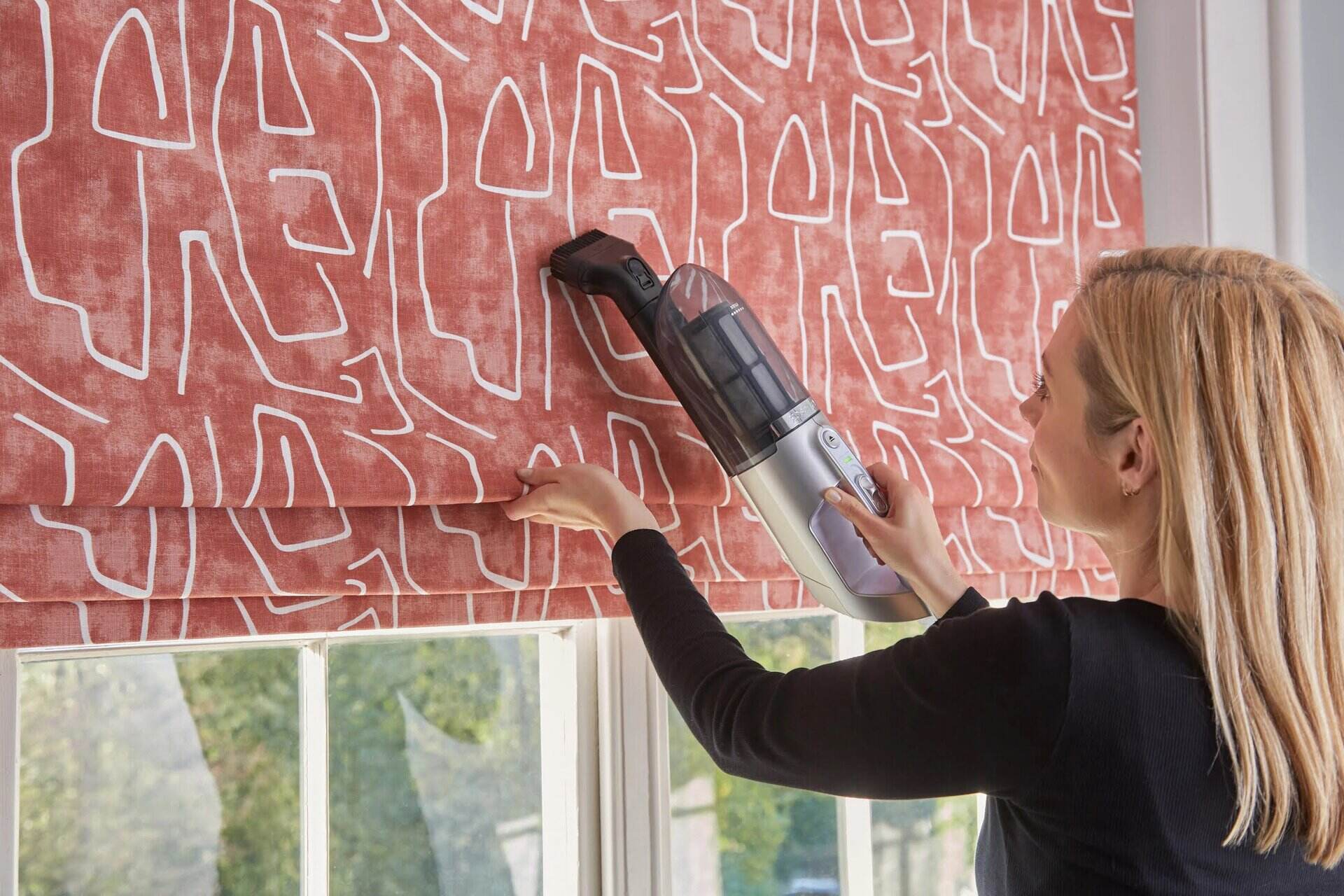






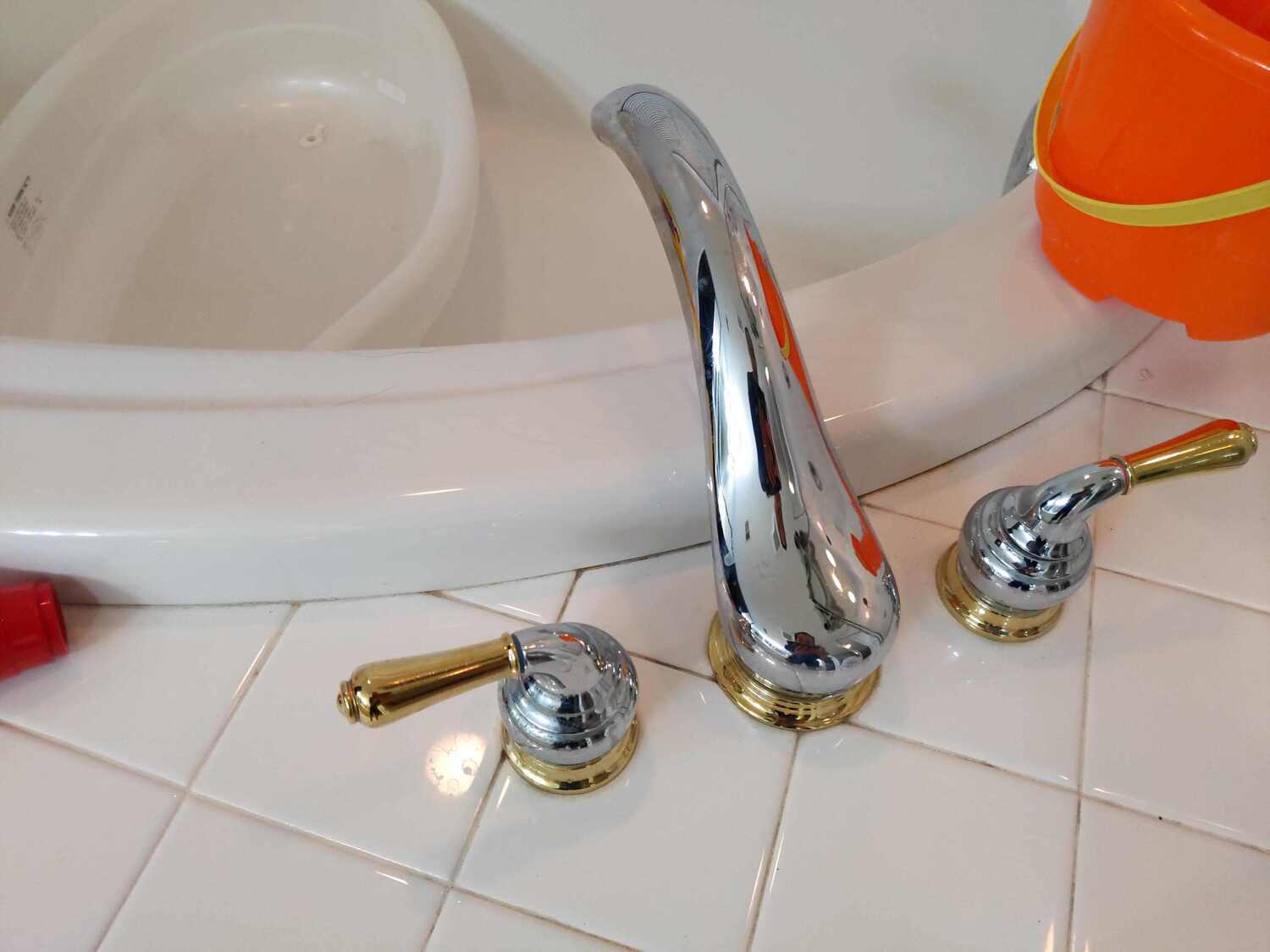
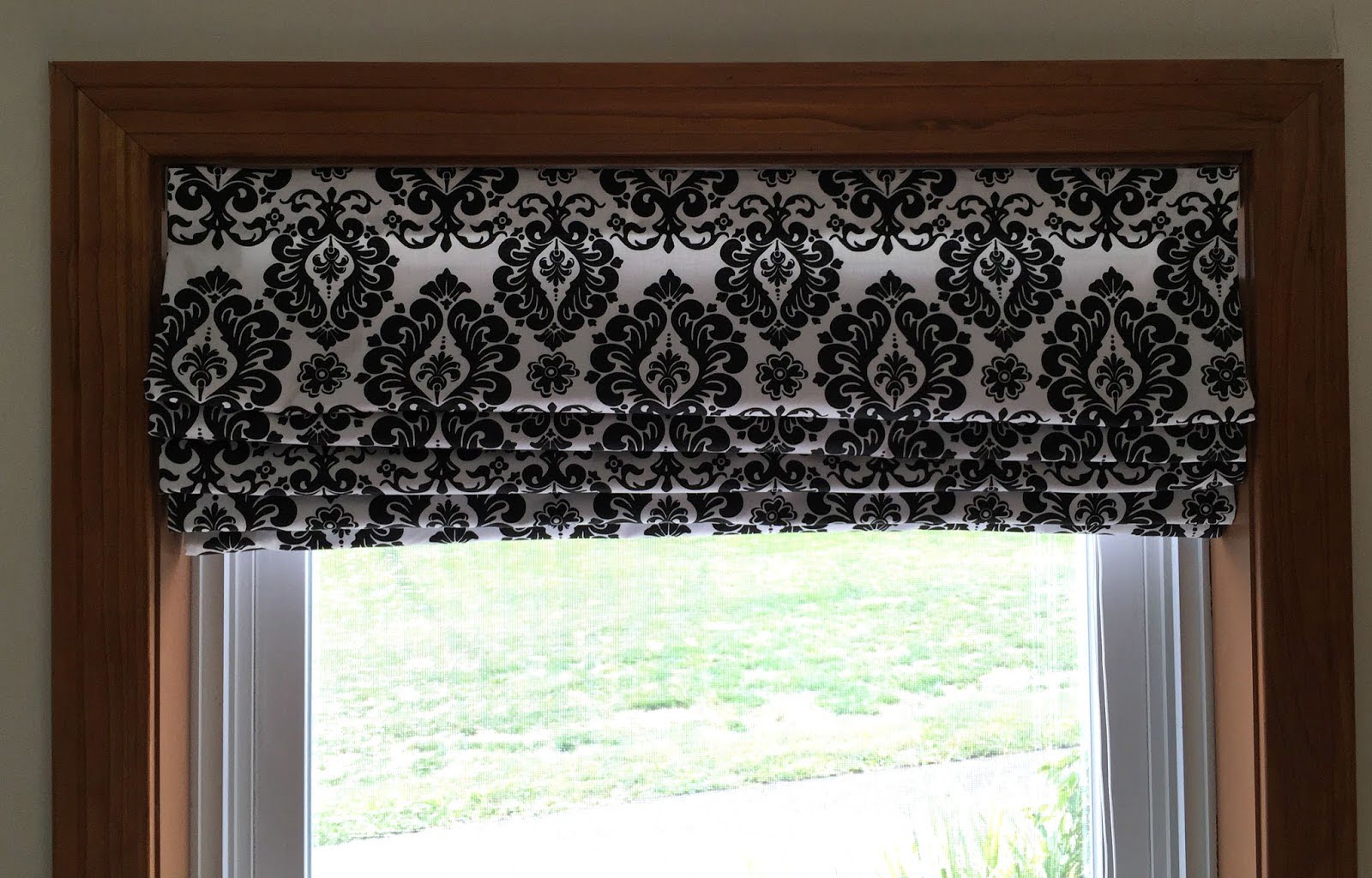
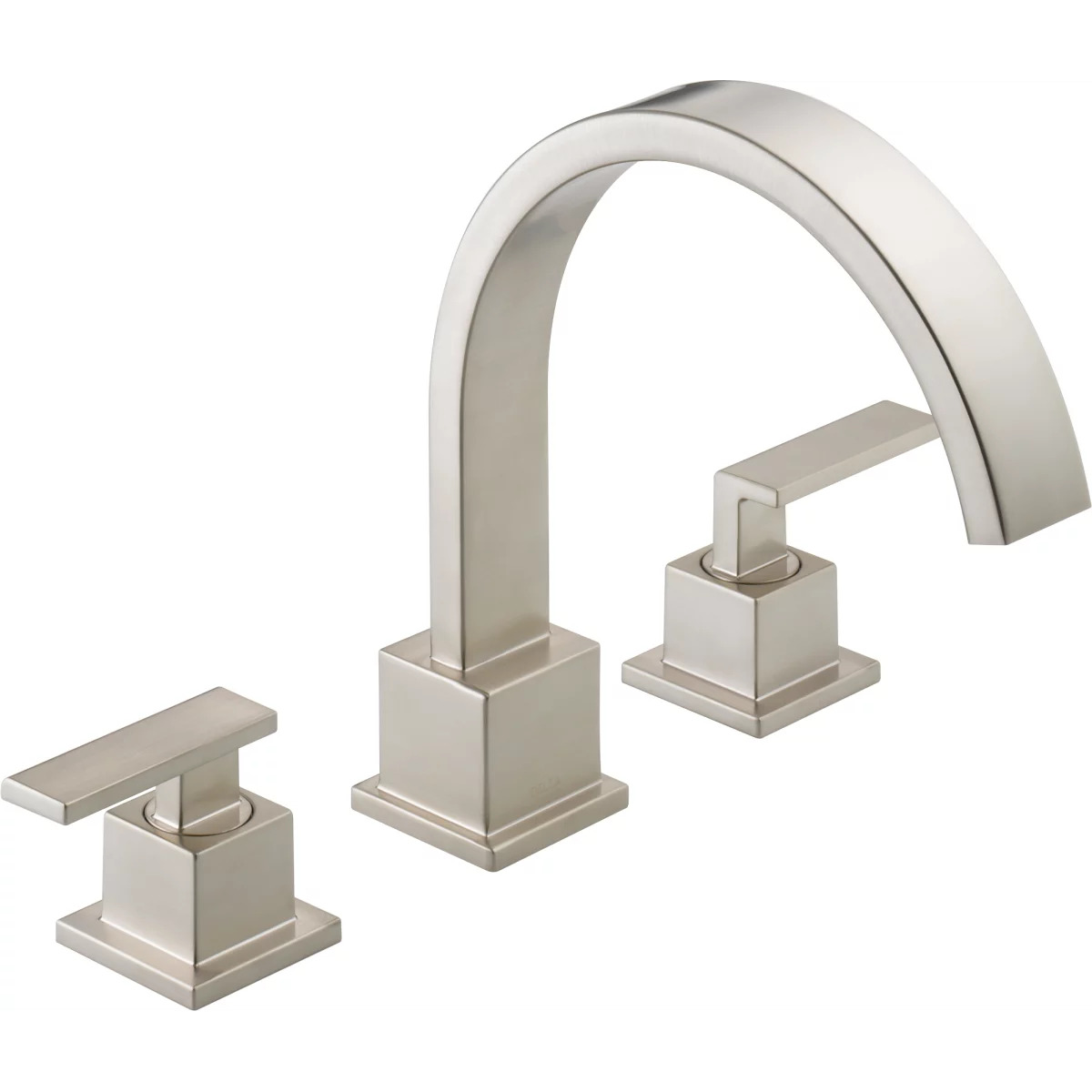
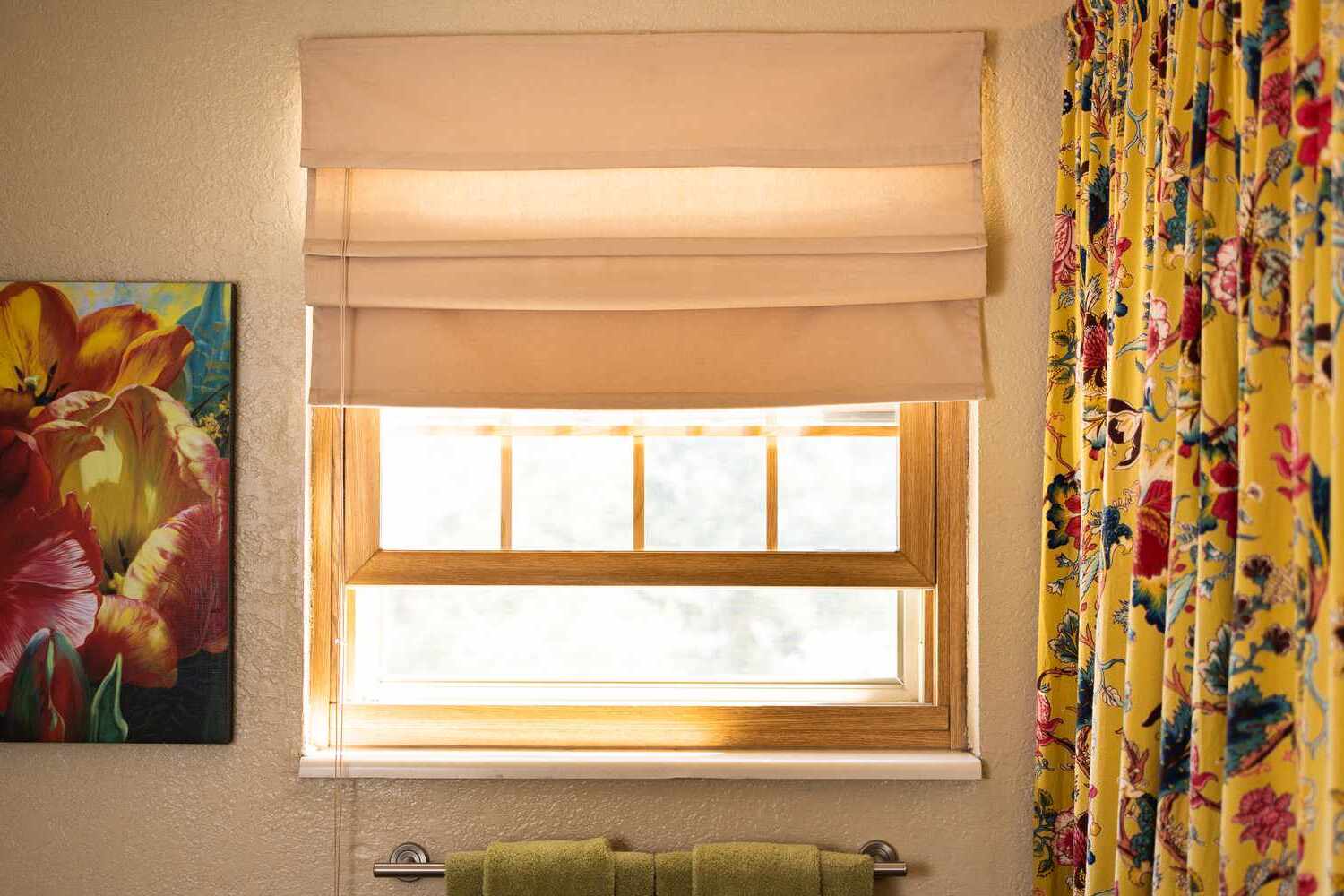


0 thoughts on “What Is Roman Glass”